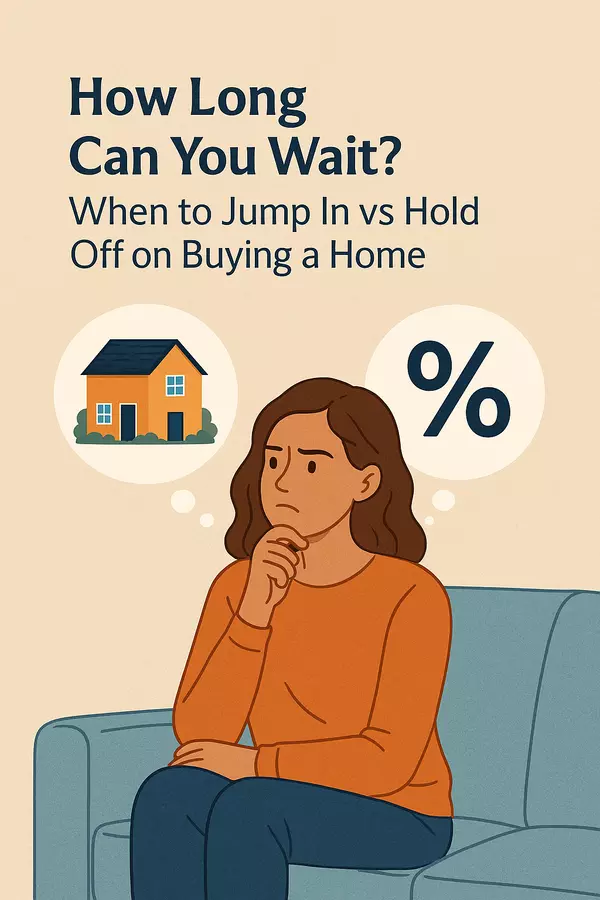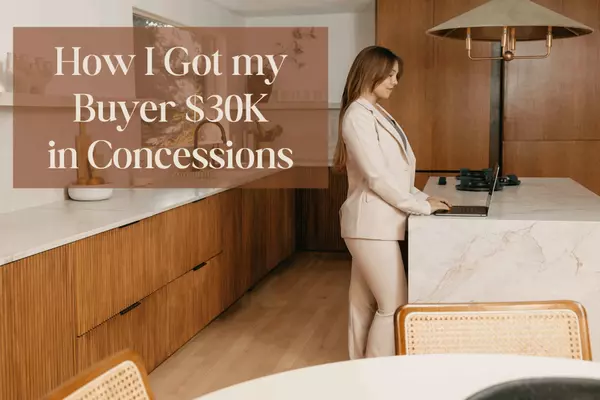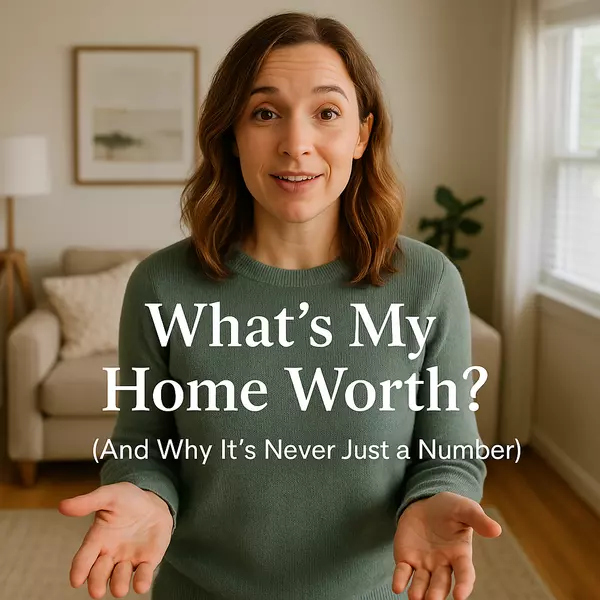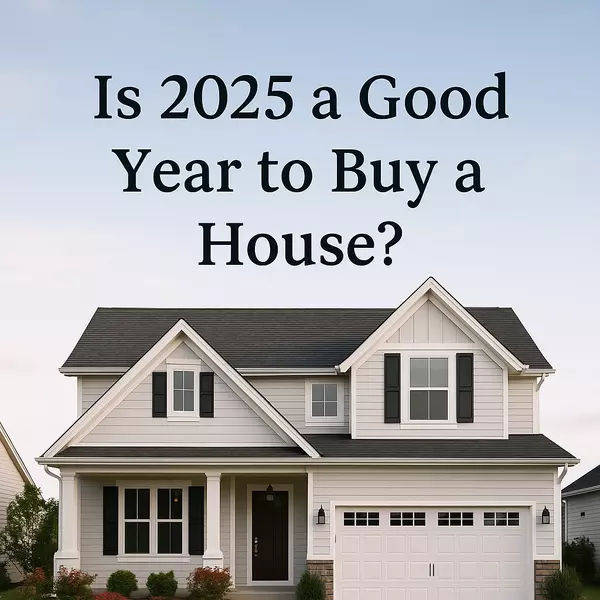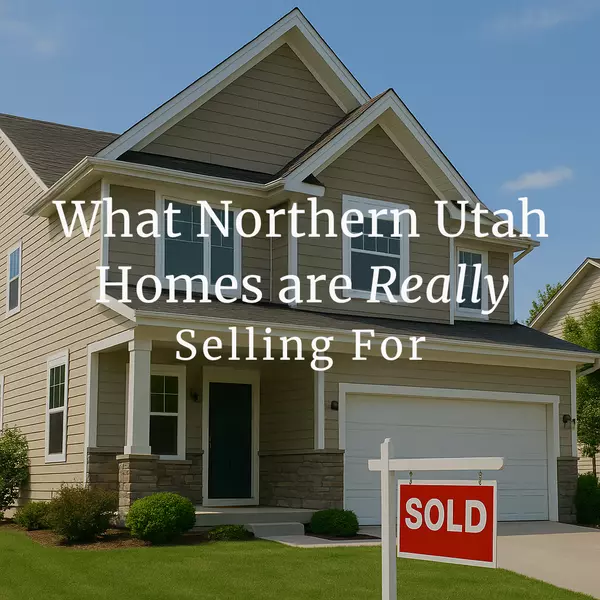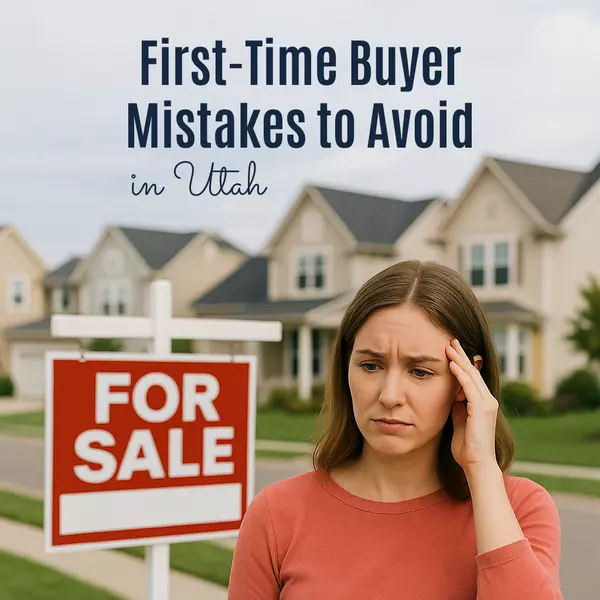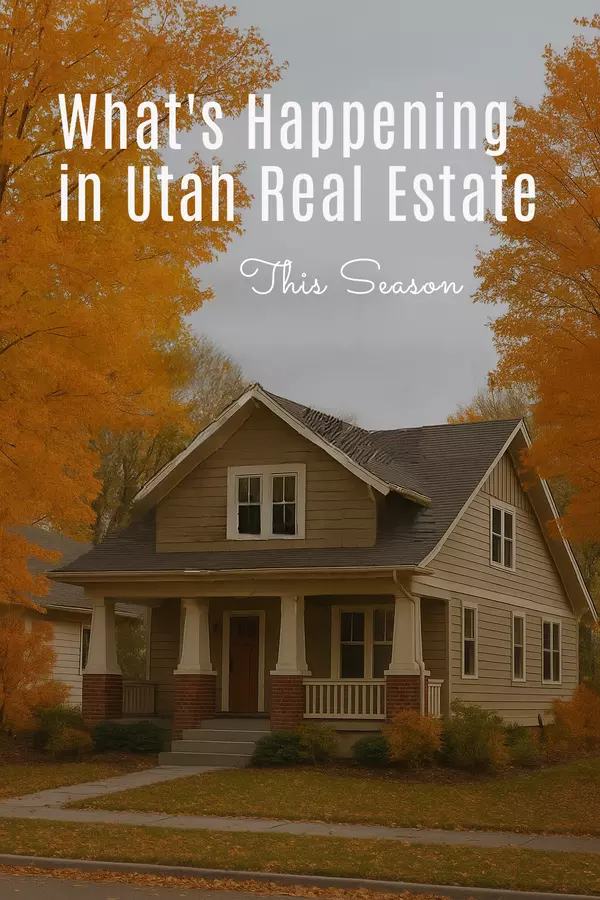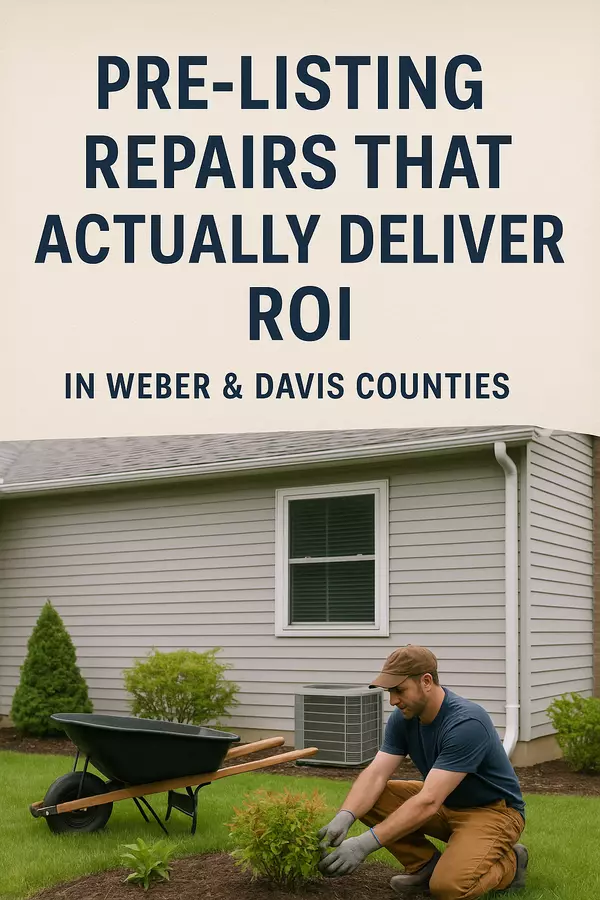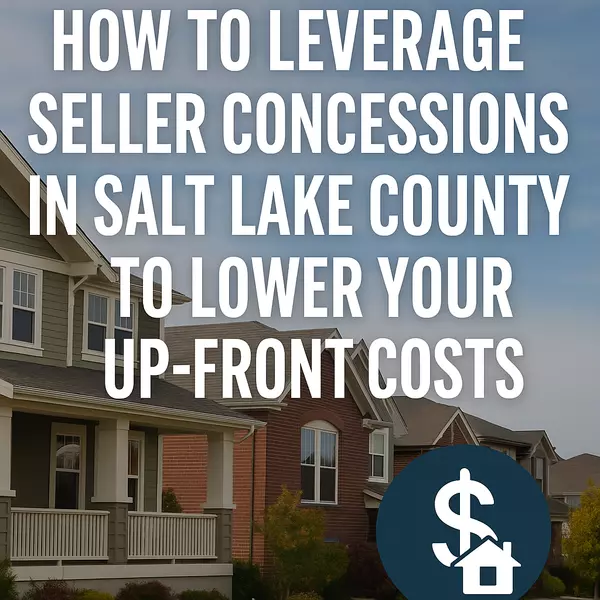What’s My Home Worth? (And Why It’s Never Just a Number)
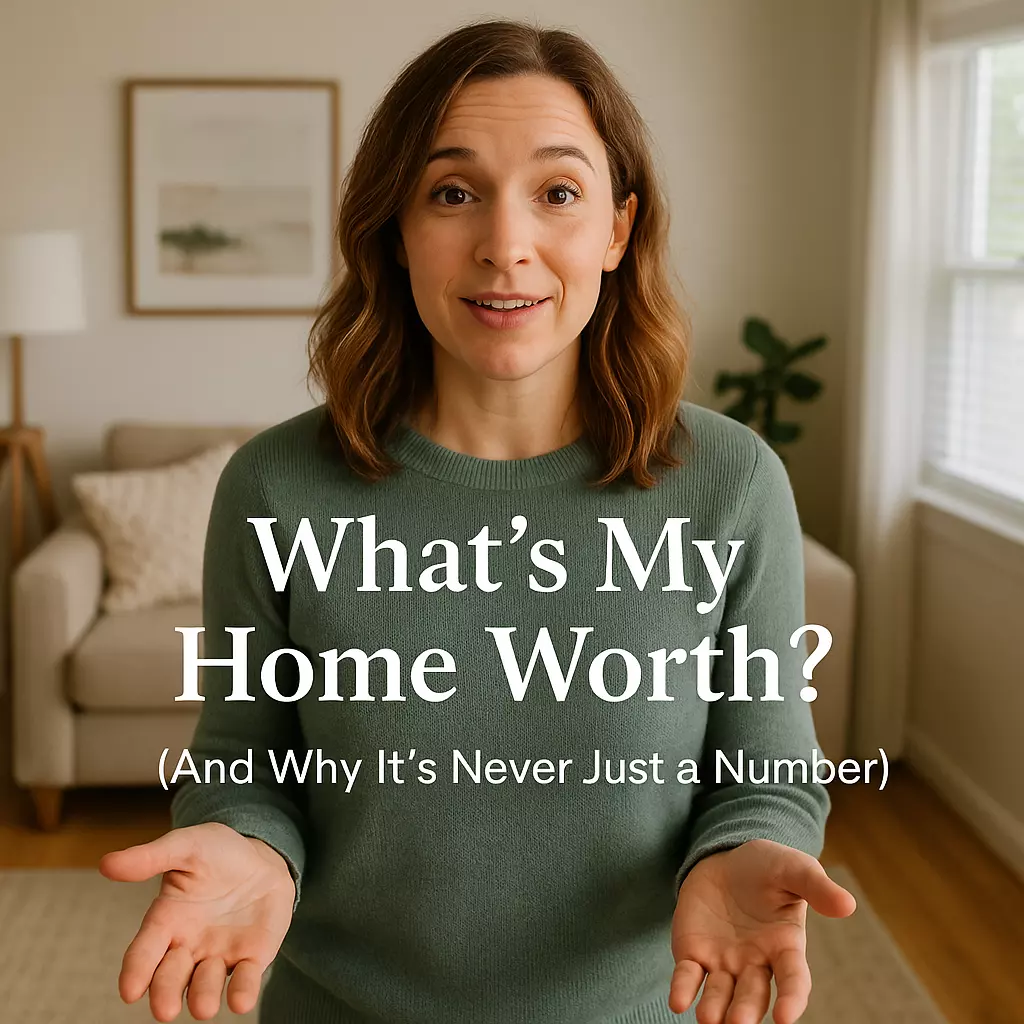
Hey there — it’s Emma. Sit down with me for a moment. Imagine you’re standing in your living room, sunlight drifting through the windows, smelling the faint hint of freshly brewed coffee. This place has stories: lazy Saturday mornings, meals cooked, laughter echoing, maybe tears too. It’s more than drywall and shingles. But if you ever think, “Could I sell this someday? What would it bring?” — then you’re asking: What’s my home worth?
Let me walk you through how I think about value — not just in dollars, but in what matters. (Then we’ll talk about how you can get a realistic picture.)
The Heart + The House
Whenever I help someone estimate their home’s worth, I start with what the home is, and then layer on what it means. Because a house is a vessel of lives, but value is shaped by facts.
The story the walls tell
-
Condition & Care — if every corner feels well-maintained, systems are updated, and no surprises are hiding behind the walls, that gives confidence to buyers (and to me).
-
Updates & Upgrades — not every renovation adds value, but those that matter to people do: a kitchen that flows, bathrooms that feel fresh, good insulation, energy efficiency, and things that reduce friction in daily life.
-
Character & Charm — that little archway, the built-in bench, the way light dances through a window at sunset: those intangibles pull at heartstrings.
-
Fit with the neighborhood — Your home doesn’t float alone. What your neighbors have, and what people expect in your area, set the “normal” envelope for value.
So, when I walk through a house, I take mental notes: what’s working as if it’s new, what feels tired, what surprises (good or bad) might need explaining because those affect how a buyer perceives value, even if they can’t name them explicitly.
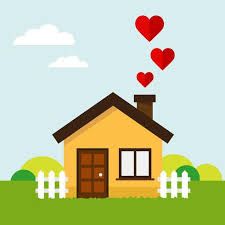
The Tools Behind the Curtain
You don’t have to guess. Here’s how I lean on tools to bring clarity — but always with a grain of wisdom.
1. Online estimators (as a starting point)
Sites like Zillow, Redfin, Realtor.com — they pool public records, recent sales of nearby homes, basic house data, then run algorithms to spit out an estimate.
But (and yes, there’s a but) — they can miss nuance: recent renovations, condition issues, layout quirks, or features that are rare in your area. They’re useful for a ballpark, not the final word.
2. Comparative Market Analysis (CMA)
This is where I (or a local agent) roll up my (their) sleeves: we gather comps — homes just like yours, in your area, that have sold recently, and adjust for differences (such as square footage, age, upgrades, lot size, etc.).
I look for properties that a buyer would see as alternatives. If your home is better in lighting, condition, or layout, I give credit for that. If it’s weaker in some way, I adjust downward. The CMA is the closest thing to a tailor-made value estimate.
3. Professional appraisals
This is the “outside expert” check. Licensed appraisers come in, inspect the property in person, measure it, photograph it, and compare the results. They verify things we assumed. Their conclusion often holds weight with lenders.
The Dance of Value: What It Really Means
Even the best estimate is a dance between:
-
What buyers in your area care about (some want brand new; others love a vintage feel).
-
What’s unique about your home (good or bad)?
-
Market sentiment — is it a “hot” season for buyers, or are people cautious?
-
Emotional resonance — sometimes a buyer will fall in love with a detail (a tree in the yard, a view) and stretch to make it theirs.
That’s why two houses seemingly alike can sell for different amounts. Because real estate isn’t just math — it’s the meeting of what is and what someone feels in that moment.
What You Can Do (If You’d Like to Know, Not Just Guess)
Here are a few steps you can take right now (no Realtor required) to get closer to a reliable estimate — or at least sniff out a misleading one.
-
Run a few online estimators and see what Zillow, Redfin, and other similar sites say. Use them only as reference points.
-
Gather nearby comps yourself — look at homes like yours within a mile or two, sold in the last 6–12 months.
-
Be brutally honest about condition — make a list of what’s lovely, what’s “just okay,” what needs repair.
-
Get a “soft” inspection — maybe hire a trustworthy home inspector (or contractor) for a quick walk-through to flag costly issues.
-
Invite a local agent over and tell them you’re not listing (yet), but that you’d like their perspective (some will do this to build trust).
-
When you’re closer to serious, invest in a full appraisal or a vetted CMA from an experienced agent.
At each stage, piece together what the tools and observations are telling you. If they mostly point in one direction, pay attention. If they diverge wildly, dig deeper.
The Value Beyond Price
When someone asks me, “Emma, what is my home worth?” — my answer is never just a dollar sign. It’s:
-
What I believe a buyer would feel (and be willing to pay)
-
What I can validate through facts and comparables
-
The balance between aspiration (your dreams, upgrades) and reality (market limits)
And yes, if you are curious — not just for fun but because you might sell, refinance, or plan for the future — I’d be honored to walk through your home with you, quietly and without pressure, and help you see what I see. If you’re ever ready, I’m here.
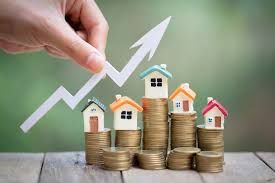
Further Reading & Sources
-
“How to Determine Home Value,” NerdWallet — on steps, pros/cons of methods
-
“What to Do About Inaccurate Redfin and Zillow Home Value Estimates,” Investopedia — on pitfalls of online estimates
-
“How To Determine Your Home’s Value,” Mr. Cooper blog — overview of AVMs and comparables
-
“How Home Appraisals Work and What the Final Value Means,” Kiplinger — on the appraisal process
Categories
Recent Posts
